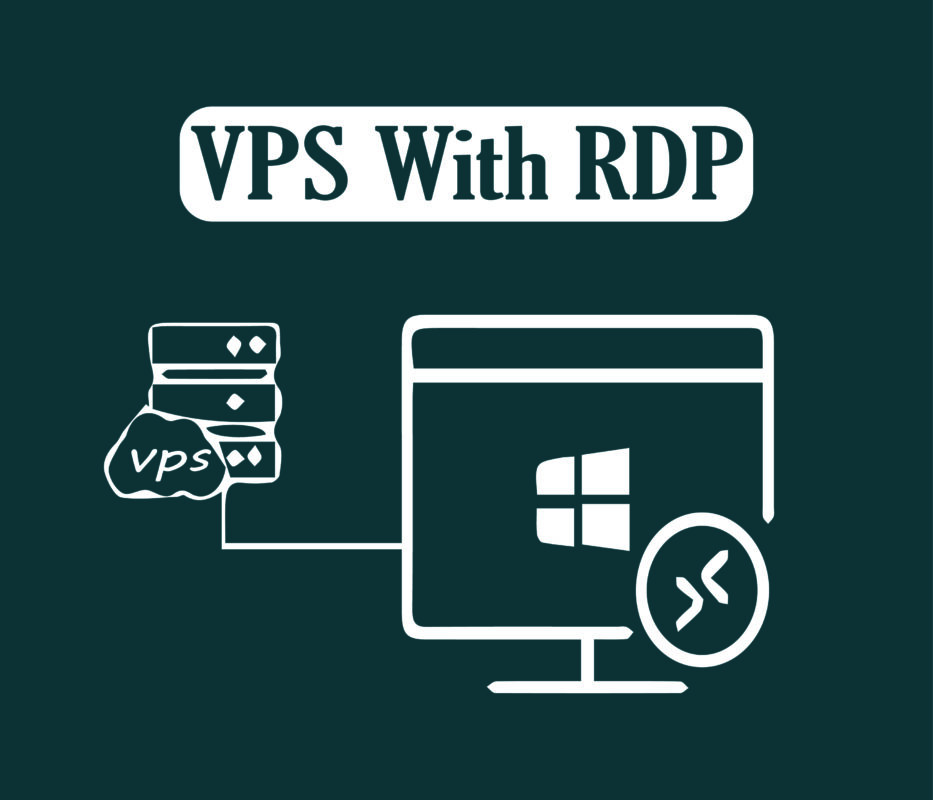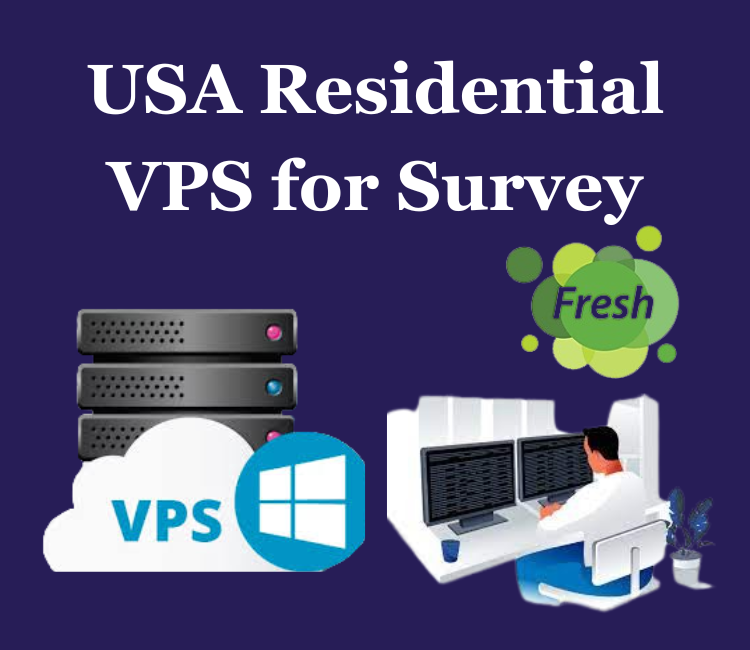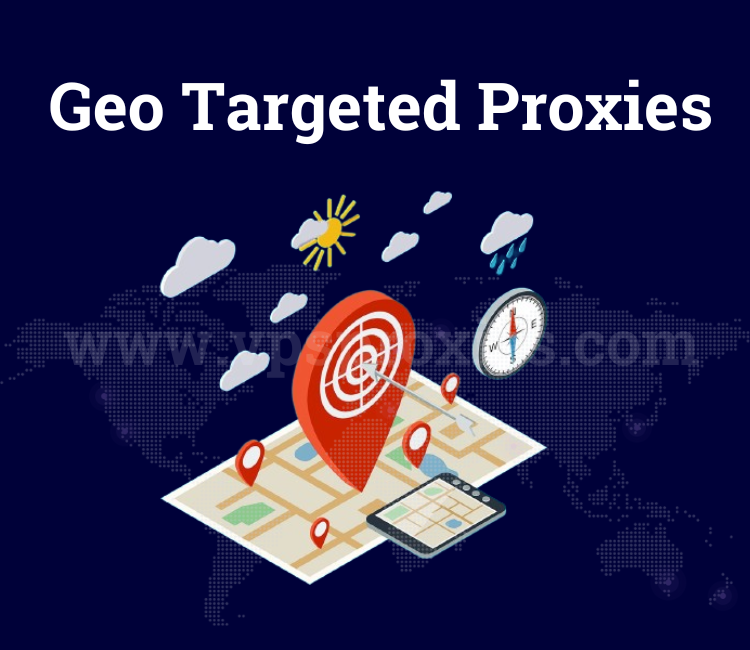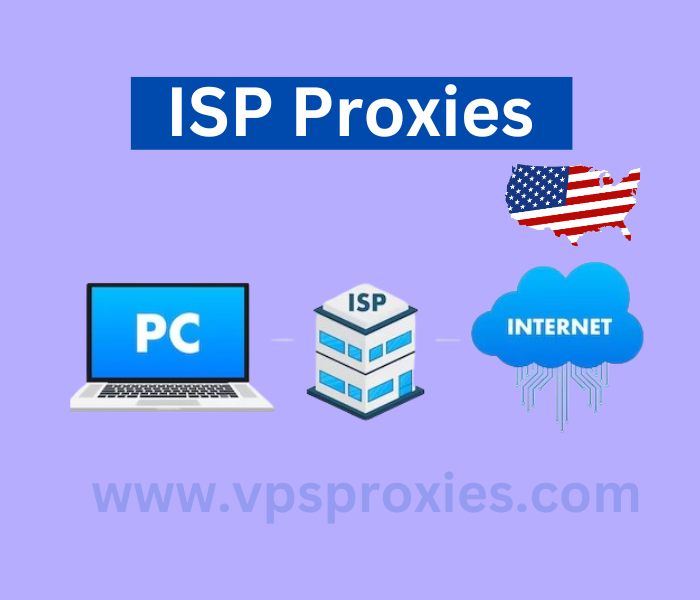Web scrapping purpose information
Web scraping is the process of extracting data from websites automatically, usually through the use of software programs called web scrapers or web crawlers. The purpose of web scraping is to collect large amounts of data from multiple websites quickly and efficiently.
Web scraping has many applications in different fields, including market research, data mining, content aggregation, and more. Some common use cases of web scraping include:
- Market research: Companies can use web scraping to gather data on their competitors, such as prices, product descriptions, and customer reviews, to gain a competitive edge.
- Lead generation: Web scraping can be used to collect contact information, such as email addresses and phone numbers, of potential customers from various websites.
- Content creation: Web scraping can help in creating original content by gathering information from different sources, such as news articles, blogs, and social media.
- Monitoring: Web scraping can be used to track changes in prices, product availability, and other information on different websites.
However, it’s important to note that web scraping can raise ethical and legal issues if not done responsibly. Before scraping any website, it’s crucial to ensure that you have the proper permissions and that the data collected is not protected by copyright or other intellectual property laws.
Web scraping is the process of automatically extracting data from websites using software or tools. It involves retrieving data from web pages and storing it in a structured format, such as a database or spreadsheet, for further analysis or use. Web scraping is used in a variety of fields, including business, research, and data analysis.
Web scraping typically involves sending requests to web pages using HTTP or HTTPS protocols, and then parsing the HTML or XML code to extract the desired data. The extracted data can include text, images, links, and other elements of the web page.
Web scraping can be done manually, but it is usually done using specialized software or tools called web scrapers or web crawlers. These tools automate the process of sending requests and parsing web page data, making it faster and more efficient.
Web scraping can be used for a variety of purposes, such as market research, price monitoring, content aggregation, and data analysis. However, it is important to use web scraping ethically and responsibly and to respect website terms of service and privacy policies.
How Does It work?
Web scraping works by sending automated requests to websites and extracting data from the website’s HTML code. This is typically done using a web scraper or web crawler, which is a software program designed to visit websites and extract data.
The web scraper sends a request to the website’s server, similar to the way a web browser does when you visit a website. The server responds by sending back the HTML code of the website’s page. The web scraper then parses this HTML code to extract the desired data, which can include text, images, links, and other elements.
Web scraping can be done in different ways, depending on the complexity of the task and the type of data you want to extract. Some web scraping methods include:
- Parsing HTML: This involves using programming languages like Python or JavaScript to parse the HTML code of a website and extract data using regular expressions or other parsing techniques.
- Using APIs: Many websites offer APIs (Application Programming Interfaces) that allow developers to access data in a structured way without having to parse HTML. This can be a more efficient and reliable way to extract data.
- Using scraping tools: There are several scraping tools available, such as BeautifulSoup, Scrapy, and Selenium, that can automate the process of extracting data from websites.
It’s important to note that web scraping can sometimes be against a website’s terms of service, so it’s important to obtain permission before scraping any website. Additionally, some websites may have measures in place to prevent web scrapings, such as CAPTCHAs or IP blocking.
How many benefits are there people?
Web scraping can provide many benefits to businesses and individuals, including:
- Cost-effective data collection: Web scraping can help businesses collect large amounts of data quickly and cost-effectively, compared to traditional methods of data collection.
- Competitive advantage: By using web scraping to gather data on competitors, businesses can gain insights into market trends, pricing strategies, and customer preferences, which can help them stay ahead of the competition.
- Better decision-making: Web scraping can provide businesses with valuable information that can help them make informed decisions, such as which products to stock, which markets to enter, and which marketing strategies to pursue.
- Improved customer experience: Web scraping can help businesses collect customer feedback and monitor online reviews, which can help them improve their products and services and enhance the customer experience.
- Research and analysis: Web scraping can be used to gather data for research and analysis in fields such as social sciences, finance, and healthcare.
However, it’s important to use web scraping ethically and responsibly and to ensure that the data being collected is not protected by copyright or other intellectual property laws. Additionally, web scraping can raise legal and ethical concerns if it involves collecting personal data or violates a website’s terms of service.
Web Scraping properly creates an Account system.
Creating a proper account system involves several key steps:
- Define user requirements: Before creating an accounting system, you need to define the requirements of your users. Consider what information you need to collect from users to create an account, how users will interact with the system, and what features the system needs to provide.
- Design the database: Once you have defined the user requirements, you can design the database that will store user account information. This should include fields for user credentials, personal information, and any other data that is required.
- Implement authentication: The next step is to implement authentication to verify user identities. This can be done using a variety of methods, such as username and password, multi-factor authentication, or social media authentication.
- Create user interfaces: Once the backend system is in place, you can create user interfaces that allow users to create and manage their accounts. This should include forms for creating new accounts, updating account information, and resetting passwords.
- Implement security measures: It’s important to implement security measures to protect user account information, such as encryption, secure password storage, and measures to prevent unauthorized access.
- Test and deploy: Finally, you should thoroughly test the accounting system to ensure that it is working properly, and deploy it to production once it has been fully tested.
Overall, creating a proper account system requires careful planning, attention to detail, and a focus on user security and privacy. It’s important to follow best practices for data storage, authentication, and security to ensure that user information is protected and the system is reliable.
How does setting up a proxy Work for web scrapping purposes?
Setting up a proxy for web scraping can help to hide your IP address and avoid getting blocked by websites that have anti-scraping measures in place. Here are the steps to set up a proxy for web scraping:
- Choose a proxy provider: There are many proxy providers available online that offer dedicated or shared proxies. Choose a provider that offers high-quality, reliable proxies that are suitable for web scraping.
- Purchase a proxy plan: Once you have selected a proxy provider, purchase a proxy plan that meets your needs. Consider factors such as the number of proxies you need, the location of the proxies, and the level of anonymity required.
- Configure your scraper: Once you have purchased a proxy plan, you will need to configure your web scraper to use the proxies. This typically involves specifying the IP address and port number of the proxy server in your scraper’s configuration settings.
- Test the proxy: Before using the proxy for web scraping, test it to ensure that it is working properly. This can be done by visiting a website that detects IP addresses and checking that the IP address shown is the proxy’s IP address.
- Monitor the proxy usage: When using a proxy for web scraping, it’s important to monitor the usage to ensure that you are not violating any terms of service or engaging in unethical behavior. Avoid accessing restricted or sensitive information, and be respectful of the website’s bandwidth and resources.
Overall, using a proxy for web scraping can help to protect your privacy and avoid getting blocked by websites. However, it’s important to use proxies responsibly and in accordance with best practices for web scraping.
Here is some additional information about web scraping:
- Types of web scraping: There are two main types of web scraping: manual web scraping and automated web scraping. Manual web scraping involves copying and pasting data from web pages, while automated web scraping involves using software tools or scripts to extract data automatically.
- Legal considerations: Web scraping can raise legal and ethical concerns, particularly if it involves collecting personal data or violates a website’s terms of service. It is important to understand the legal landscape and to use web scraping responsibly and ethically.
- Tools and technologies: There are many tools and technologies available for web scraping, including specialized software, programming languages such as Python and R, and web scraping frameworks such as Scrapy and Beautiful Soup.
- Challenges: Web scraping can be challenging due to issues such as website structure changes, dynamic web pages, and anti-scraping measures implemented by websites. Overcoming these challenges often requires advanced web scraping techniques and strategies.
- Use cases: Web scraping can be used for a variety of purposes, such as market research, lead generation, content aggregation, price monitoring, and data analysis. It is used in many industries, including e-commerce, finance, healthcare, and marketing.
- Best practices: To use web scraping effectively, it is important to follow best practices such as respecting website terms of service and privacy policies, using proxies to avoid IP blocking, and ensuring that the data being collected is accurate and relevant.
Overall, web scraping can be a powerful tool for extracting data from the web, but it requires knowledge, skill, and ethical responsibility to use it effectively.
Here are some keywords related to web scraping proxies:
- Proxy server: A server that acts as an intermediary between your computer and the internet, allowing you to access websites and services anonymously and securely.
- IP address: A unique identifier assigned to your computer or device by your internet service provider. Proxies can be used to hide or mask your IP address.
- Residential proxy: A type of proxy server that uses IP addresses associated with real residential networks, making it more difficult for websites to detect and block web scraping activities.
- Datacenter proxy: A type of proxy server that uses IP addresses associated with data centers or cloud computing providers. Datacenter proxies are often cheaper and faster than residential proxies but may be more easily detected and blocked by websites.
- Rotating proxy: A proxy server that automatically rotates or changes IP addresses on a regular basis. Rotating proxies can help to avoid detection and improve the efficiency of web scraping activities.
- Proxy pool: A collection of multiple proxy servers that can be used to distribute web scraping requests across multiple IP addresses, reducing the risk of IP blocking and improving the performance of web scraping activities.
- Proxy authentication: A security measure used by some proxies that require users to enter a username and password before accessing the proxy server.
In Conclusion
Using a proxy for web scraping can provide several benefits, such as:
- Anonymity: A proxy server can hide your IP address, making it more difficult for websites to detect and block your web scraping activities.
- Improved performance: A proxy can help to distribute web scraping requests across multiple IP addresses, reducing the risk of IP blocking and improving the speed and efficiency of web scraping.
- Greater flexibility: Using a proxy allows you to access geographically restricted websites and data sources, enabling you to collect data from different regions around the world.
However, it is important to use proxies responsibly and in accordance with best practices for web scraping. This includes selecting a reliable proxy provider, testing the proxy to ensure it is working properly, monitoring usage to avoid violating website terms of service and being respectful of website bandwidth and resources.
Overall, using a proxy for web scraping can help to protect your privacy, avoid getting blocked by websites, and improve the performance and flexibility of your web scraping activities. However, it is important to use proxies responsibly and in accordance with best practices for web scraping.













